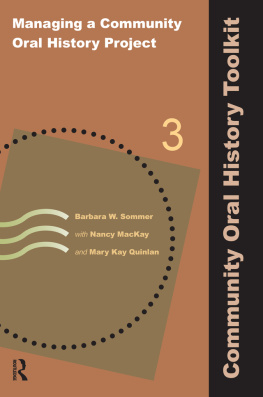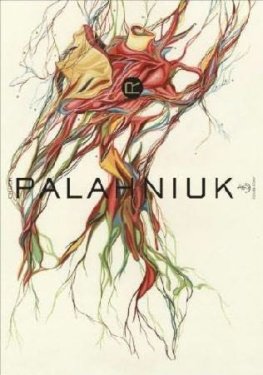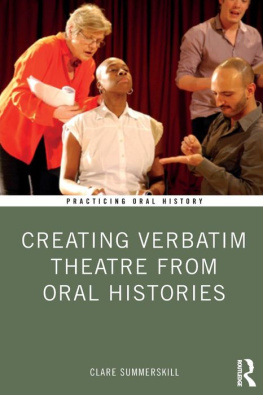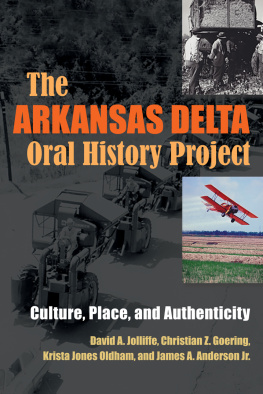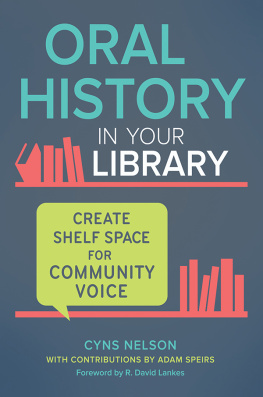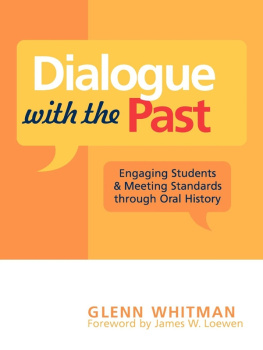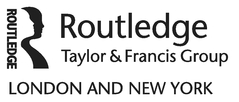Managing a Community Oral History Project
COMMUNITY ORAL HISTORY TOOLKIT
Nancy MacKay Mary Kay Quinlan Barbara W. Sommer
This five-volume boxed set is the definitive guide to all aspects of successfully conducting community projects that conform to best practices in the field of oral history. What are the fundamental principles that make one oral history project fly and another falter? The existing oral history methodology literature has traditionally focused on conducting academic research. In contrast, the Toolkit is specifically geared toward helping people develop and implement oral history projects in schools, service agencies, historical societies, community centers, churches, and other community settings. The five concise volumes, authored by leaders in the oral history field, offer down-to-earth advice on every step of the project, provide numerous examples of successful projects, and include forms that you can adapt to your specific needs. Together, these volumes are your consultant in a box, offering the tools you need to successfully launch and complete your community oral history project.
Volume 1: Introduction to Community Oral History , by Mary Kay Quinlan with Nancy MacKay and Barbara W. Sommer
Volume 2: Planning a Community Oral History Project , by Barbara W. Sommer with Nancy MacKay and Mary Kay Quinlan
Volume 3: Managing a Community Oral History Project , by Barbara W. Sommer with Nancy MacKay and Mary Kay Quinlan
Volume 4: Interviewing in Community Oral History , by Mary Kay Quinlan with Nancy MacKay and Barbara W. Sommer
Volume 5: After the Interview in Community Oral History , by Nancy MacKay with Mary Kay Quinlan and Barbara W. Sommer
Community Oral History Toolkit
NANCY MACKAY MARY KAY QUINLAN BARBARA W. SOMMER
VOLUME 3
Managing a Community Oral History Project
Barbara W. Sommer
with Nancy MacKay
and Mary Kay Quinlan
First published 2013 by Left Coast Press, Inc.
Published 2016 by Routledge
2 Park Square, Milton Park, Abingdon, Oxon OX14 4RN
711 Third Avenue, New York, NY 10017, USA
Routledge is an imprint of the Taylor & Francis Group, an informa business
Copyright 2013 Taylor & Francis
All rights reserved. No part of this book may be reprinted or reproducedor utilised in any form or by any electronic, mechanical, or other means, now known or hereafter invented, including photocopying and recording, or in any information storage or retrieval system, without permission in writing from the publishers.
Notice:
Product or corporate names may be trademarks or registered trademarks, and are used only for identification and explanation without intent to infringe.
Library of Congress Cataloging-in-Publication Data
MacKay, Nancy, 1945
Community oral history toolkit / Nancy MacKay, Mary Kay Quinlan, and Barbara W. Sommer
5 v.; cm.
Includes bibliographical references and index.
Contents: v. 1. Introduction to community oral history / by Mary Kay Quinlan with Nancy MacKay and Barbara W. Sommer -- v. 2. Planning a community oral history project / by Barbara W. Sommer, with Nancy MacKay and Mary Kay Quinlan -- v. 3. Managing a community oral history project / by Barbara W. Sommer with Nancy MacKay and Mary Kay Quinlan -- v. 4. Interviewing in community oral history / by Mary Kay Quinlan with Nancy MacKay and Barbara W. Sommer -- v. 5. After the interview in community oral history / by Nancy MacKay with Mary Kay Quinlan and Barbara W. Sommer.
ISBN 978-1-59874-408-8 (complete set - pbk. : alk. paper) -- ISBN 978-1-61132-688-8 (complete set - consumer ebook) -- ISBN 978-1-61132-241-5 (volume 1 - pbk. : alk. paper) -- ISBN 978-1-61132-689-5 (volume 1 - consumer ebook) -- ISBN 978-1-61132-244-6 (volume 2 - pbk. : alk. paper) -- ISBN 978-1-61132-690-1 (volume 2 - consumer ebook) -- ISBN 978-1-61132-247-7 (volume 3 - pbk. : alk. paper) -- ISBN 978-1-61132-691-8 (volume 3 - consumer ebook) -- ISBN 978-1-61132-250-7 (volume 4 - pbk. : alk. paper) -- ISBN 978-1-61132-692-5 (volume 4 - consumer ebook) -- ISBN 978-1-61132-253-8 (volume 5 - pbk. : alk. paper) -- ISBN 978-1-61132-693-2 (volume 5 - consumer ebook)
1. Oral history--Handbooks, manuals, etc. 2. Oral history--Methodology. 3. Interviewing--Handbooks, manuals, etc. 4. Local history--Methodology. I. Quinlan, Mary Kay. II. Sommer, Barbara W. III. Title.
D16.14.M22 2012
907.2--dc23
2012026513
ISBN 13: 978-1-61132-247-7 (Paperback)
Contents
The five volumes of this Toolkit take you through the steps involved in designing and carrying out a community oral history project. The information is organized in a sequence that gives you what you need to record interviews with people who are witnesses to or participants in an event or way of life. This volume, Volume 3, lays out the management steps that will help you take a project plan and put it into action to support the interviewing process and complete the project.
Project management is defined as coordinating the activities needed to accomplish a prepared plan. Specifically, oral history project management provides the support structure that surrounds interviews and helps define them as oral histories. It also provides the critical safety net that keeps a project on track and on target.
Throughout this volume, you will see many cross references to our other Toolkit volumes. This illustrates the inter-connectedness of all parts of the oral history process and highlights the central role of management in coordinating them. Regardless of the size of a project or the number of interviews you may be considering, carefully review this information. It will help you keep your project unified and focused.
I have many people to thank for helping develop this Toolkit volume. I have drawn on the expertise of oral history practitioners, whose voices, sent to me in oral history planning and management surveys, are included in this volume. Thank you to Carol Ahlgren, co-director of the Modern Masters Oral History Project, and to Roy Chan, Project Director, Oakland Chinatown Oral History Project, for their review and their comments. Thank you to Mitch Allen, founder of Left Coast Press, Inc. for his support of this project. And thank you to our editor, Stefania Van Dyke, our copyeditor, Louise Bell, and our designer Lisa Devenish. Their editorial and design work is greatly appreciated, both on the individual volumes and on the Toolkit as a set of five interrelated volumes. Last, thank you to my co-authors. Work on this volume gave me an opportunity to publish again with Mary Kay and to work with Nancy on a publication for the first time. Our many telephone calls, meetings, and emails strengthened the Toolkit , including this volume Managing a Community Oral History Project .
Barbara W. Sommer
Every community has them. The people who remember
- what happened when the church burned to the ground on Christmas Evehow the congregation grieved, and then set aside its grief, got to work, and celebrated in a new sanctuary the next year;
- how strangers with pickup trucks took tornado victims to the nearest hospital when a record-breaking storm devastated the community;

